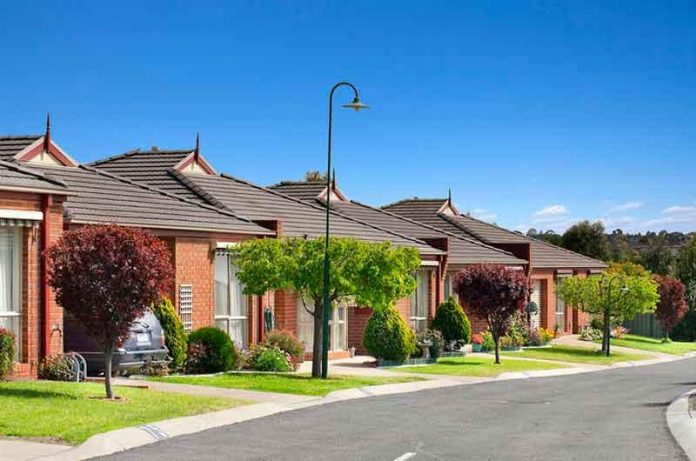By NOEL MURPHY
HUNDREDS of Geelong residents face higher insurance, building and renovation costs because of inaccurate flood zones designated by City Hall, according to architect Greg Jones.
Many properties were water could not be retained, which were higher than non-flood zoned sites and where road and other works had changed the nature of the site, were incorrectly zoned flood-prone, Mr Jones told the Independent.
A past chair of the Royal Australian Institute of Architects’ Geelong branch, and a candidate in last year’s mayoral election, Mr Jones said hundreds of properties across Newtown and other parts of Geelong had been wrongly, but officially, labelled flood-prone.
Owners were subsequently slugged high insurance premiums – or even denied insurance, he suggested. Building and renovation costs were also unnecessarily higher because they needed to comply with regulations based on “fictitious” topographical data.
Mr Jones claimed the flood zonings had arisen because council “won’t accept engineering solutions to divert water around site — stormwater drainage”.
“The impact is that you’re looking at substantial money to carry out works but more fundamentally it means a corruption of the normal design response,” he said.
“It’s completely inconsistent. In one Newtown project we did, the adjoining property was on the lower side and had no flood overlay.“The site we were doing was supposed to be holding water but next door had no overlay — how can that possibly be? It’s completely mad.”
Mr Jones, who co-runs Geelong’s GJP Architects, said his business had found that flood zonings were “substantially … not real”. He said city mapping of the middle of Pakington Street “at the top of the hill on the south side” showed it a flood zone.
“But the road has a camber, how can it flood in the middle? It would have to be the circumstances of Noah but this is substantially the case with the mapping.”
City of Greater Geelong general manager city services Gary Van Driel said a ‘special building overlay’ applied to drainage-related flooding or overland flows that occurred when stormwater runoff exceeded the capacity of an underground drainage system.
In areas such as Newtown, the drainage system had limited capacity — designed as it was using lower standards applicable at the time of construction, he said.
The SBO flood extent was based on the 100-year ‘average recurrence interval’ event, which could result from infrequent and very intense rainfall.
“Requirements for any proposed development will depend upon the flooding characteristics of the land such as water depth and flow velocity, and the nature of the development proposed,” he said.
Mr Van Driel said the insurance industry had recently developed its own national database of flood risk, using its own flood risk estimation methods.







